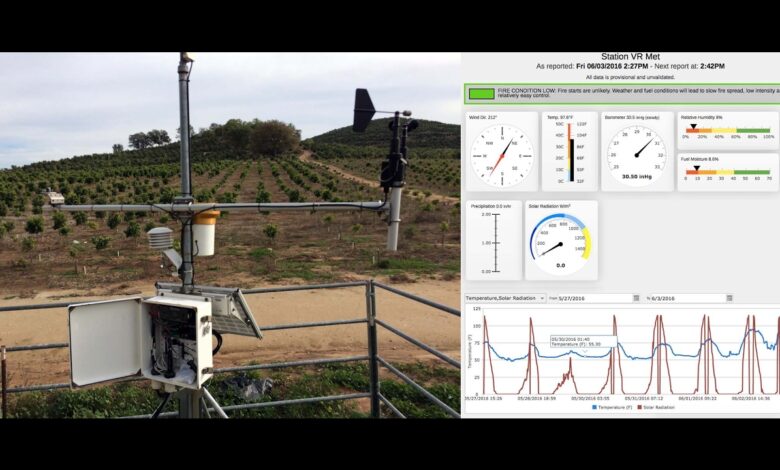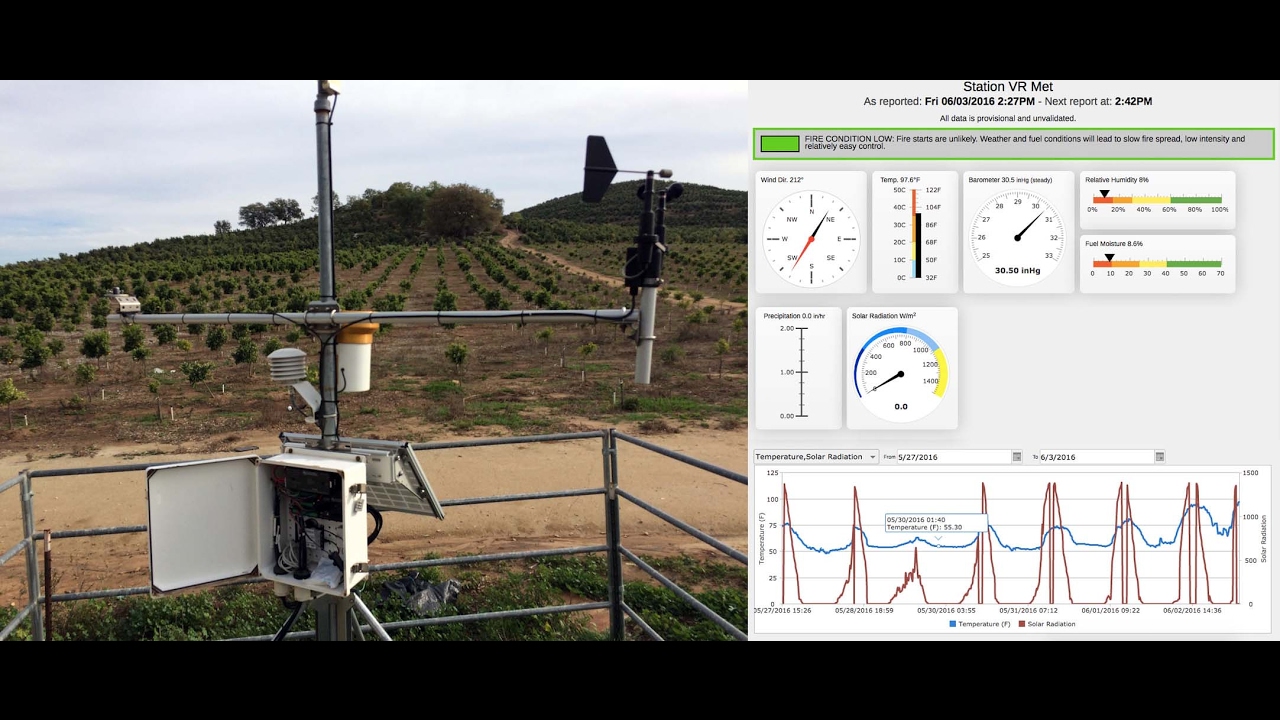How IoT is used in Environmental Monitoring: (Complete Guide 2024)
IoT in Environmental Monitoring

IoT in Environmental Monitoring: A High-Tech Solution for a Sustainable Future
how IoT is used in Environmental Monitoring: In the quest to address pressing environmental challenges, the Internet of Things (IoT) has emerged as a powerful tool for monitoring and managing the environment. IoT technology is enabling us to collect real-time data on air quality, water quality, climate conditions, and more.

valarm5:20
In this article, we explore how IoT is used in environmental monitoring and its significant impact on sustainability and resource management.
Real-Time Data Collection
IoT has ushered in a new era of environmental monitoring by providing continuous, real-time data from remote and hard-to-reach locations. This data is invaluable for scientists, policymakers, and organizations seeking to understand and address environmental issues. Here are some key areas where IoT is making a difference:
1. Air Quality Monitoring
IoT sensors can detect and measure various air pollutants, including particulate matter, nitrogen dioxide, and carbon monoxide. This real-time air quality data is crucial for managing pollution, tracking the impact of industrial activities, and safeguarding public health. EnoughInfo.net
2. Water Quality Monitoring
IoT devices are used to assess the quality of water in rivers, lakes, and oceans. They can measure parameters such as pH, temperature, dissolved oxygen, and pollutant levels. This data is vital for protecting aquatic ecosystems and ensuring the safety of drinking water. How IoT is used in Retail (A Complete Guide2024)
3. Weather and Climate Monitoring
Weather stations equipped with IoT sensors provide real-time weather data, such as temperature, humidity, wind speed, and precipitation. This information is essential for weather forecasting, climate research, and disaster preparedness. how IoT is used in Standards and Interoperability(2024 Guide)
4. Soil Health Monitoring
IoT sensors can be embedded in the soil to monitor factors like moisture levels, nutrient content, and soil temperature. This data helps farmers optimize irrigation, fertilization, and crop management for more sustainable agriculture. How IoT is used in Energy Management:(2024 Guide)
Environmental Impact Assessment
IoT technology is a game-changer for environmental impact assessment and management. By collecting vast amounts of data, it enables more accurate and informed decision-making:
1. Early Warning Systems
IoT devices can provide early warnings for environmental disasters, such as floods, wildfires, or landslides. These systems offer critical time for evacuation and disaster response.
2. Biodiversity Monitoring
IoT can be used to track and study wildlife populations, including endangered species. This data aids in conservation efforts and allows researchers to better understand the impact of climate change on ecosystems.
IoT and Sustainability
IoT is contributing to the sustainability agenda by promoting responsible resource management and reducing environmental impacts: https://enoughinfo.com/how-to-message-recruiters-on-linkedin-all-you-need-to-know/
1. Energy Efficiency
IoT technology helps organizations optimize energy consumption by monitoring and controlling lighting, heating, and cooling systems. It reduces energy waste and lowers operational costs.
2. Waste Management
Smart waste bins equipped with IoT sensors can signal when they need to be emptied, preventing overflowing bins and reducing fuel consumption by waste collection vehicles.
Natural Resource Conservation
IoT-enabled devices are used to monitor the use of natural resources, such as water and forestry. This data helps organizations and governments implement conservation measures and sustainable practices.
Challenges and Considerations
While IoT offers immense potential for environmental monitoring, there are challenges to overcome:
- Data Overload: Managing the enormous volume of data generated by IoT devices can be daunting. Effective data storage, analysis, and interpretation are crucial.
- Data Privacy and Security: Collecting environmental data often involves collecting location-specific information, raising concerns about privacy and data security.
- Interoperability: Ensuring that IoT devices from various manufacturers can communicate and share data effectively is an ongoing challenge. https://enoughinfo.com/how-to-message-recruiters-on-linkedin-all-you-need-to-know/
- Regulatory Compliance: IoT environmental monitoring must comply with environmental regulations and privacy laws, which can vary from one region to another.
In conclusion,
IoT technology is reshaping the landscape of environmental monitoring. It offers real-time data collection and analysis, enhancing our understanding of environmental issues and enabling more effective resource management. As IoT continues to evolve, it promises to be an indispensable tool in our efforts to create a more sustainable and environmentally responsible world.








